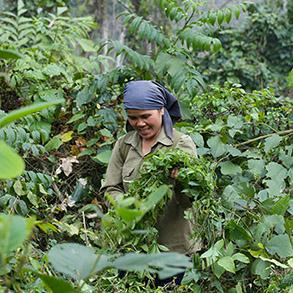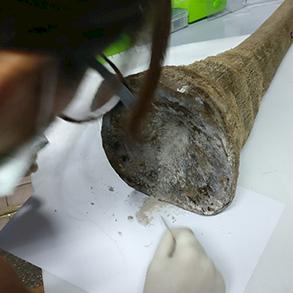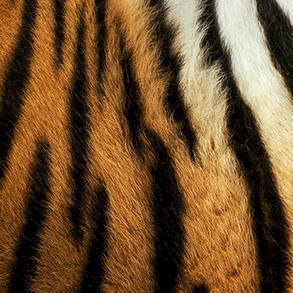
Grey Parrot Psittacus erithacus
i
at the heart of what we do
TRAFFIC was established as the "wildlife trade monitoring network". Although our expertise and objectives have expanded since then, wildlife trade monitoring is still at the heart of what we do.
"Evidence to Influence" is a core approach within our overall conservation strategy, ensuring that expert research and impartial analysis guide our policy decisions and recommendations. Our international team of conservationists collect and use the latest trade data to keep our analysis parallel with evolving trade dynamics.
how we apply our trade monitoring findings
trade analysis
Keeping abreast of the latest trade trends, fluctuations, dynamics and criminal activity is essential to protecting natural biodiversity.
Across the world our expert team evaluates the legal and illegal trade in wildlife across all taxa, ensuring that we have the latest data across as wide a field as possible. It is this analysis that forms the backbone of the action we are able to develop and promote across the globe.
Nile Crocodile Crocodilus niloticus © Martin Harvey / WWF
i
supporting implementation of CITES
One of the main reason behind TRAFFIC's formation was to support the implementation of CITES policy.
Although the scope of our work has since expanded, we still work closely with CITES Management Authorities to ensure compliance, understanding, and successful implementation of CITES regulation. In some cases, such as with the Elephant Trade and Information System (ETIS), we have been directly mandated to monitor a particular wildlife trade.
guiding policy recommendations
Clear, accurate, and impartial data are the founding element to our Evidence to Influence conservation approach.
In order to bring about lasting, transformative change and influence policy decisions that benefit wildlife and sustainable development, we rely on our trade monitoring to provide us with powerful, and reliable evidence.
a selection of key wildlife trade monitoring projects
Elephant Trade Information System
The Elephant Trade Information System (ETIS) is the CITES-mandated tool managed by TRAFFIC that tracks illegal trade in elephant ivory and other elephant products.
Over 70,000 records exist in the database, allowing us to analyse complex ivory trade trends and submit detailed recommendations to CITES Parties on international ivory policy.
Wildlife TRAPS
In 2020, the Wildlife TRAPS Project - a long-running partnership funded by USAID and implemented by TRAFFIC in collaboration with IUCN – shifted direction while continuing to pursue innovation and non-traditional partnerships to reduce illegal, unsustainable, and unsafe wildlife trade.
In this new phase, Wildlife TRAPS is building on strong collaborations already developed with key actors in the transport, finance, wildlife forensics, and behavioural change sectors to inform a more singular focus on reducing potential zoonotic disease risks associated with trade in wild animals.
ReTTA
Reducing Trade Threats to Africa's wild species and ecosystems (ReTTA), works to identify trends in illegal or unsustainable trade and help develop national and international solutions that could turn the tide for wildlife.
The project covers both legal and illegal trade, assisting enforcement agencies and governments with the latest wildlife trade trends and modus operandi of international criminal syndicates operating in African countries.
Global Shark and Ray Initiative (GSRI)
The goal of the GSRI is that by 2025 the conservation status of the world’s sharks and rays has improved–declines have been halted, extinctions have been prevented, and commitments to their conservation have increased globally.
We're assessing current population levels, species in trade, and promoting systems such as traceability mechanisms to ensure trade doesn't exceed sustainable levels.
Restore Species
Worldwide, species are affected by direct threats related to trade, hunting and poisoning, which have decimated wildlife populations, and placed countless species at risk of extinction.
BirdLife International, Fauna & Flora International (FFI), TRAFFIC, and the Wildlife Conservation Society (WCS) have joined forces to tackle these direct threats that threaten the survival in the wild of some of the world’s most vulnerable species.





